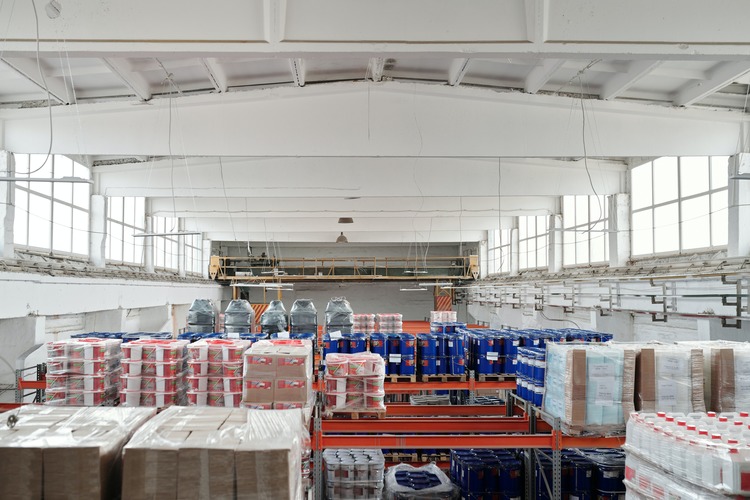Business Times published a commentary by Mark Micallef, senior vice president and managing director of Asia-Pacific at Anaplan, on why Asia must adapt to keep its global supply chain crown. The writer said that in ancient times, the cost of moving goods determined the production and distribution reach of a product. So, products made in a particular market found their way to the end consumer linearly across trade routes such as the Silk Road or the Spice Route. A truly international production network came into existence much later with advances in transportation technology, and due to the industrial revolution. Among the key innovations was ‘containerisation’ and markets in Asia such as Singapore and Hong Kong recognised its potential and built large new facilities, establishing themselves as major ports and clearing houses.
Over the past decades, with unprecedented levels of production, shipping, and trade, not to mention rapidly increasing consumption and purchasing in recent years, Asia firmly established its position as the supply chain capital of the world. However, the global pandemic sent shockwaves through supply chains across the region. It upended distribution networks and exposed inherent vulnerabilities in the supply chain links, effectively straining regional economic growth. This has forced organisations to rethink how they operate, where they produce their products, how they move them, and what factors they build into their supply chain to ensure greater resilience. As an important supplier of parts and intermediate goods, the Southeast Asia region has been deeply affected. North Asia too has not been insulated from the impact because of their dependence on the Southeast Asia region. The writer stated that businesses rethinking supply chains presents a mortal risk to Asia’s crown. There is a real threat of global businesses moving their production centres closer to home to avoid exposure to such trade disruptions, bypassing Asia in the process. The writer added that Asia must in fact embrace complexity in the supply chain, giving businesses more options and opportunities to succeed and deter them from thinking about exit strategies for the region. Investing in scenario forecasting, risk mitigation, and leveraging real-time actionable insights can potentially tip the scales back in Asia’s favour.
May 30, 2022













